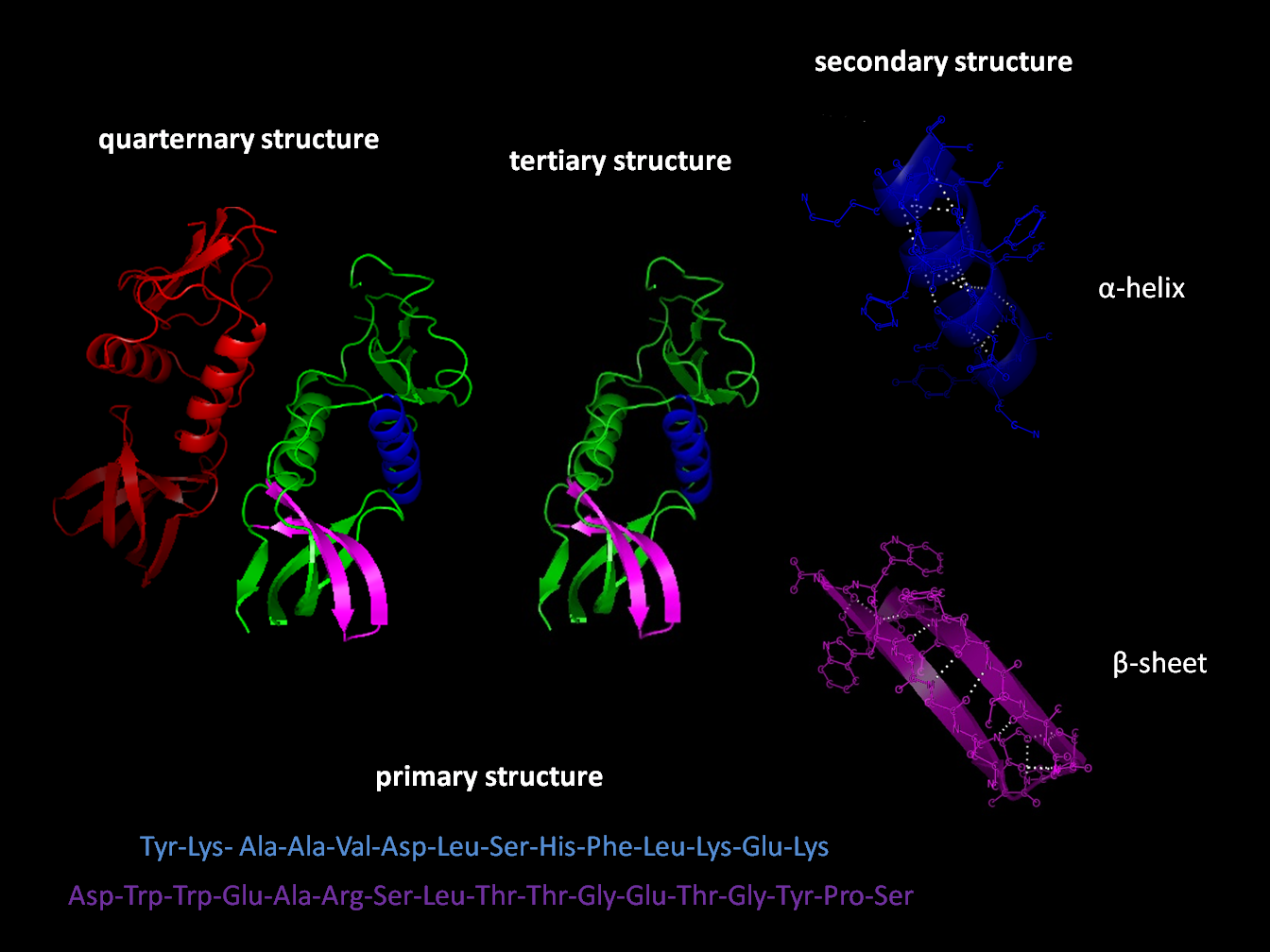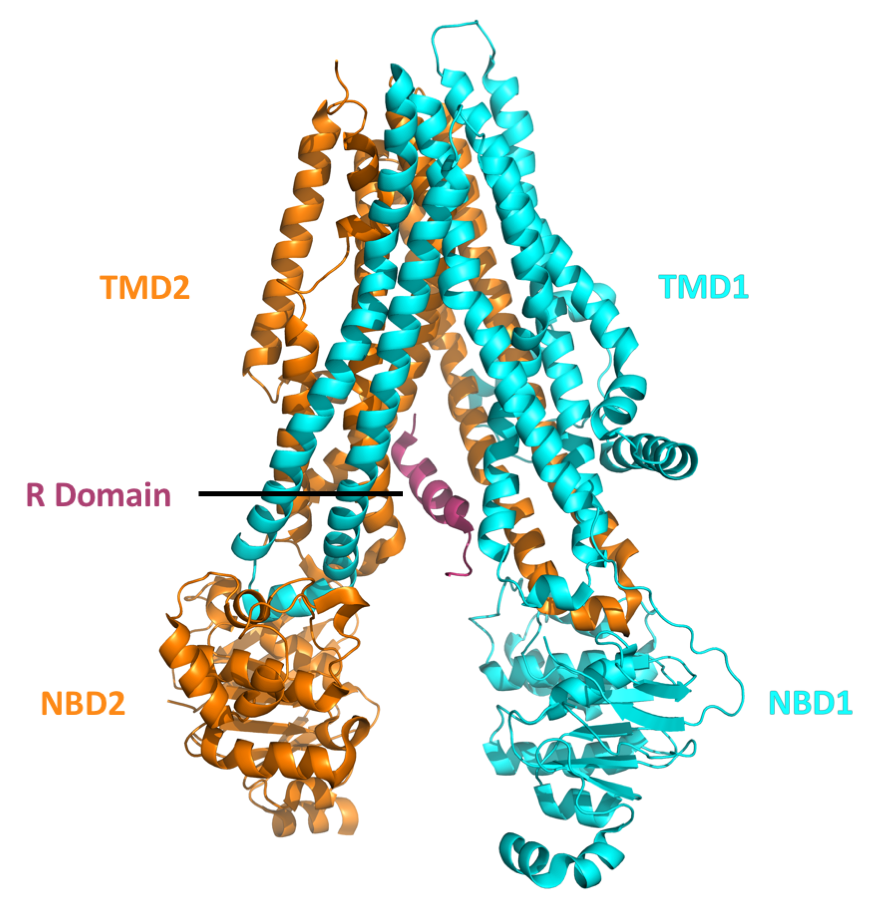|
Lumacaftor
Lumacaftor (VX-809) is a pharmaceutical drug that acts as a chaperone during protein folding and increases the number of CFTR proteins that are trafficked to the cell surface. It is available in a single pill with ivacaftor; the combination, lumacaftor/ivacaftor (brand name ''Orkambi''), is used to treat people with cystic fibrosis who are homozygous for the F508del mutation in the cystic fibrosis transmembrane conductance regulator (CFTR) gene, the defective protein that causes the disease.Lumacaftor label Last updated July 2015. Check index pag [...More Info...] [...Related Items...] OR: [Wikipedia] [Google] [Baidu] |
Lumacaftor/ivacaftor
Lumacaftor/ivacaftor, sold under the brand name Orkambi among others, is a combination of lumacaftor and ivacaftor used to treat people with cystic fibrosis who have two copies of the F508del mutation. It is unclear if it is useful in cystic fibrosis due to other causes. It is taken by mouth. Common side effects include shortness of breath, nausea, diarrhea, feeling tired, hearing problems, and rash. Severe side effects may include liver problems and cataracts. Ivacaftor increases the activity of the CFTR protein, while lumacaftor improves protein folding of the CFTR protein. It was approved for medical use in the United States in 2015, and in Canada in 2016. In the United States it costs more than a month as of 2018. While its use was not recommended in the United Kingdom as of 2018, pricing was agreed upon in 2019 and it is expected to be covered by November of that year. Medical use The combination of lumacaftor/ivacaftor is used to treat people with cystic fibrosis wh ... [...More Info...] [...Related Items...] OR: [Wikipedia] [Google] [Baidu] |
Ivacaftor
Ivacaftor is a medication used to treat cystic fibrosis in people with certain mutations in the cystic fibrosis transmembrane conductance regulator (CFTR) gene (primarily the G551D mutation), who account for 4–5% cases of cystic fibrosis. It is also included in combination medications, lumacaftor/ivacaftor, tezacaftor/ivacaftor, and elexacaftor/tezacaftor/ivacaftor which are used to treat people with cystic fibrosis. Ivacaftor was developed by Vertex Pharmaceuticals in conjunction with the Cystic Fibrosis Foundation and is the first medication that treats the underlying cause rather than the symptoms of the disease. It was approved by the U.S. Food and Drug Administration (FDA) in January 2012. It is one of the most expensive drugs, costing over per year, which has led to criticism of the high cost. The combination drug lumacaftor/ivacaftor was approved by the FDA in July 2015. Cystic fibrosis is caused by any one of several defects in the CFTR protein, which regulates ... [...More Info...] [...Related Items...] OR: [Wikipedia] [Google] [Baidu] |
Vertex Pharmaceuticals
Vertex Pharmaceuticals Incorporated is an American biopharmaceutical company based in Boston, Massachusetts. It was one of the first biotech firms to use an explicit strategy of rational drug design rather than combinatorial chemistry. It maintains headquarters in Boston, Massachusetts, and three research facilities, in San Diego, California, and Milton Park, Oxfordshire, England. History Vertex was founded in 1989 by Joshua Boger and Kevin J. Kinsella . to "transform the way serious diseases are treated." The company's beginnings were profiled by Barry Werth in the 1994 book '' The Billion-Dollar Molecule''. His 2014 book, ''The Antidote: Inside the World of New Pharma'', chronicled the company's subsequent development over the next two decades. By 2004, its product pipeline focused on viral infections, inflammatory and autoimmune disorders, and cancer. In 2009, the company had about 1,800 employees, including 1,200 in the Boston area. By 2019 there were about 2,500 empl ... [...More Info...] [...Related Items...] OR: [Wikipedia] [Google] [Baidu] |
Cystic Fibrosis
Cystic fibrosis (CF) is a genetic disorder inherited in an autosomal recessive manner that impairs the normal clearance of Sputum, mucus from the lungs, which facilitates the colonization and infection of the lungs by bacteria, notably ''Staphylococcus aureus''. CF is a rare genetic disorder that affects mostly the lungs, but also the pancreas, liver, kidneys, and intestine. The hallmark feature of CF is the accumulation of thick mucus in different organs. Long-term issues include Shortness of breath, difficulty breathing and coughing up mucus as a result of frequent pneumonia, lung infections. Other signs and symptoms may include Sinusitis, sinus infections, failure to thrive, poor growth, Steatorrhea, fatty stool, Nail clubbing, clubbing of the fingers and toes, and infertility in most males. Different people may have different degrees of symptoms. Cystic fibrosis is inherited in an autosomal recessive manner. It is caused by the presence of mutations in both copies (alleles) ... [...More Info...] [...Related Items...] OR: [Wikipedia] [Google] [Baidu] |
Oral Administration
Oral administration is a route of administration whereby a substance is taken through the Human mouth, mouth, swallowed, and then processed via the digestive system. This is a common route of administration for many medications. Oral administration can be easier and less painful than other routes of administration, such as Injection (medicine), injection. However, the onset of action is relatively low, and the effectiveness is reduced if it is not absorbed properly in the digestive system, or if it is broken down by digestive enzymes before it can reach the bloodstream. Some medications may cause gastrointestinal side effects, such as nausea or vomiting, when taken orally. Oral administration can also only be applied to conscious patients, and patients able to swallow. Terminology ''Per os'' (; ''P.O.'') is an adverbial phrase meaning literally from Latin "through the mouth" or "by mouth". The expression is used in medicine to describe a treatment that is taken orally (but not ... [...More Info...] [...Related Items...] OR: [Wikipedia] [Google] [Baidu] |
Pharmacological Chaperone
A pharmacological chaperone or pharmacoperone is a drug that acts as a chaperone (protein), protein chaperone. That is, it contains small molecules that enter cells and serve as a molecular scaffolding in order to cause otherwise-protein folding, misfolded mutant proteins to fold and route correctly within the cell. Mutation of proteins often causes molecular misfolding, which results in protein misrouting within the cell. Accordingly, mutant molecules may retain proper function but end up in parts of the cell where the function is inappropriate, or even deleterious, to cell function. Misfolded proteins are usually recognized by the quality-control system of the cell and retained (and often destroyed or recycled) in the endoplasmic reticulum. Pharmacoperones correct the folding of misfolded proteins, allowing them to pass through the cell's quality-control system and become correctly routed. Since mutations often cause disease by causing misfolding and misrouting, pharmacoperones ... [...More Info...] [...Related Items...] OR: [Wikipedia] [Google] [Baidu] |
Protein Folding
Protein folding is the physical process by which a protein, after Protein biosynthesis, synthesis by a ribosome as a linear chain of Amino acid, amino acids, changes from an unstable random coil into a more ordered protein tertiary structure, three-dimensional structure. This structure permits the protein to become biologically functional or active. The folding of many proteins begins even during the translation of the polypeptide chain. The amino acids interact with each other to produce a well-defined three-dimensional structure, known as the protein's native state. This structure is determined by the amino-acid sequence or primary structure. The correct three-dimensional structure is essential to function, although some parts of functional proteins Intrinsically unstructured proteins, may remain unfolded, indicating that protein dynamics are important. Failure to fold into a native structure generally produces inactive proteins, but in some instances, misfolded proteins have ... [...More Info...] [...Related Items...] OR: [Wikipedia] [Google] [Baidu] |
ΔF508
Cystic fibrosis transmembrane conductance regulator (CFTR) is a membrane protein and anion channel in vertebrates that is encoded by the ''CFTR'' gene. Geneticist Lap-Chee Tsui and his team identified the ''CFTR'' gene in 1989 as the gene linked with CF (cystic fibrosis). The ''CFTR'' gene codes for an ABC transporter-class ion channel protein that conducts chloride and bicarbonate ions across epithelial cell membranes. Mutations of the ''CFTR'' gene affecting anion channel function lead to dysregulation of epithelial lining fluid (mucus) transport in the lung, pancreas and other organs, resulting in cystic fibrosis. Complications include thickened mucus in the lungs with frequent respiratory infections, and pancreatic insufficiency giving rise to malnutrition and diabetes. These conditions lead to chronic disability and reduced life expectancy. In male patients, the progressive obstruction and destruction of the developing vas deferens (spermatic cord) and epididymis appe ... [...More Info...] [...Related Items...] OR: [Wikipedia] [Google] [Baidu] |
Ataluren
Ataluren, sold under the brand name Translarna, is a medication for the treatment of Duchenne muscular dystrophy. It was designed by PTC Therapeutics. Medical use Ataluren is used in the European Union to treat people with Duchenne muscular dystrophy who have a nonsense mutation in the dystrophin gene, can walk, and are more than five years old. Contraindications People who are pregnant or breast feeding should not take ataluren. Adverse effects More than 10% of people taking ataluren in clinical trials experienced vomiting; more than 5% experienced diarrhea, nausea, headache, upper abdominal pain, and flatulence; between 1% and 5% of people experienced decreased appetite and weight loss, high levels of triglycerides, high blood pressure, cough, nosebleeds, abdominal discomfort, constipation, rashes, pain in their arms, legs, and chest muscles, blood in their urine, urinary incontinence, and fever. Interactions Aminoglycosides should not be given to someone taking atalure ... [...More Info...] [...Related Items...] OR: [Wikipedia] [Google] [Baidu] |


